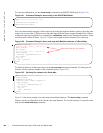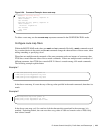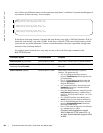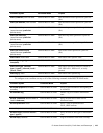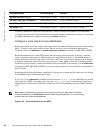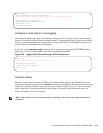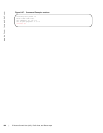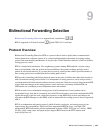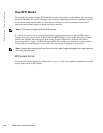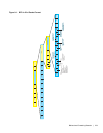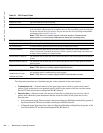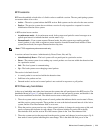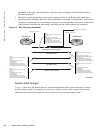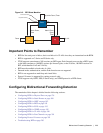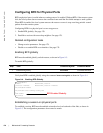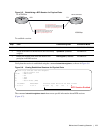
170 | Bidirectional Forwarding Detection
www.dell.com | support.dell.com
How BFD Works
Two neighboring systems running BFD establish a session using a three-way handshake. After the session
has been established, the systems exchange control packets at agreed upon intervals. In addition, systems
send a control packet anytime there is a state change or change in a session parameter; these control
packets are sent without regard to transmit and receive intervals.
If a system does not receive a control packet within an agreed-upon amount of time, the BFD Agent
changes the session state to Down. It then notifies the BFD Manager of the change, and sends a control
packet to the neighbor that indicates the state change (though it might not be received if the link or
receiving interface is faulty). The BFD Manager notifies the routing protocols that are registered with it
(clients) that the forwarding path is down, and a link state change is triggered in all protocols.
BFD packet format
Control packets are encapsulated in UDP packets. Figure 9-1 shows the complete encapsulation of a BFD
control packet inside an IPv4 packet.
Note: FTOS does not support multi-hop BFD sessions.
Note: A session state change from Up to Down is the only state change that triggers a link state change in
the routing protocol client.



